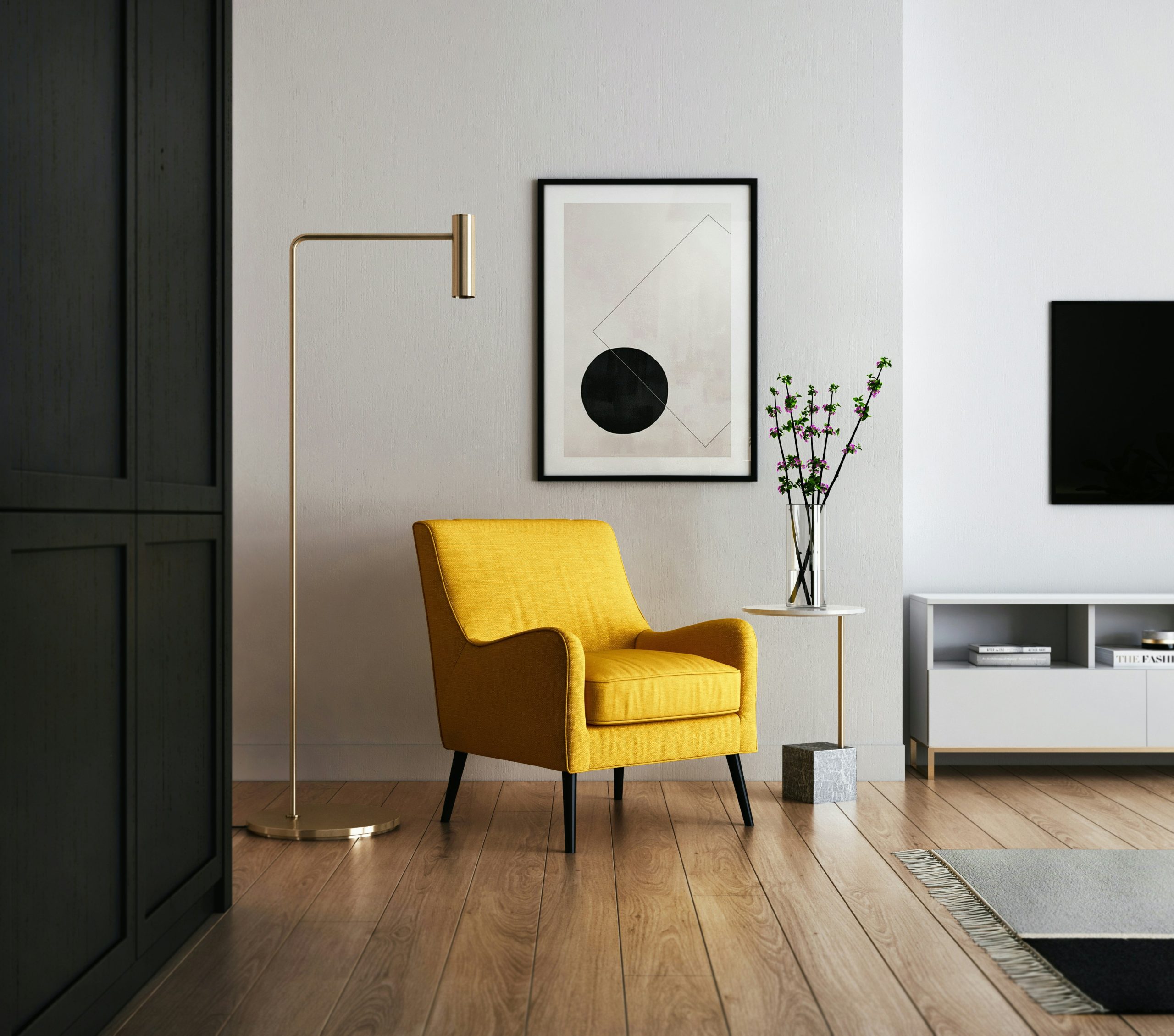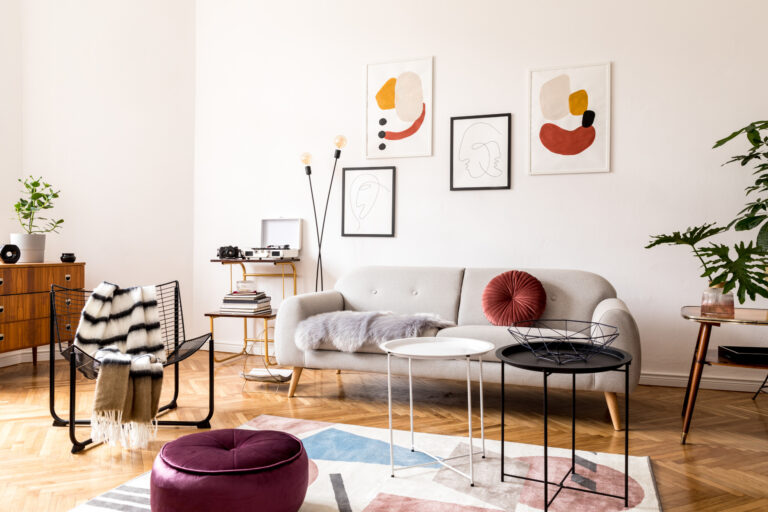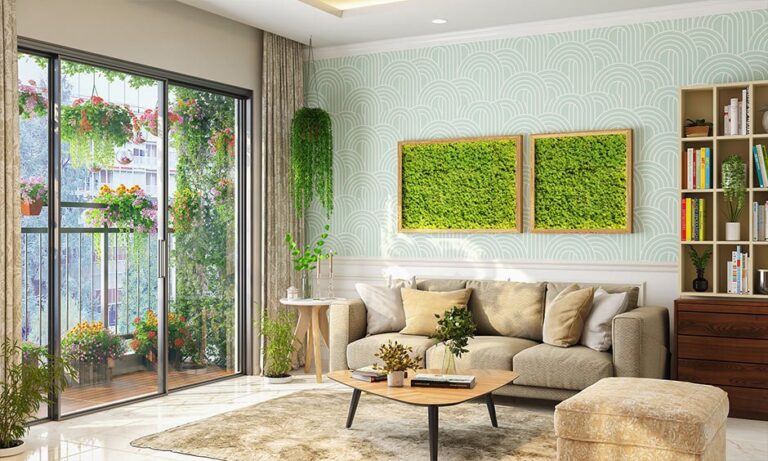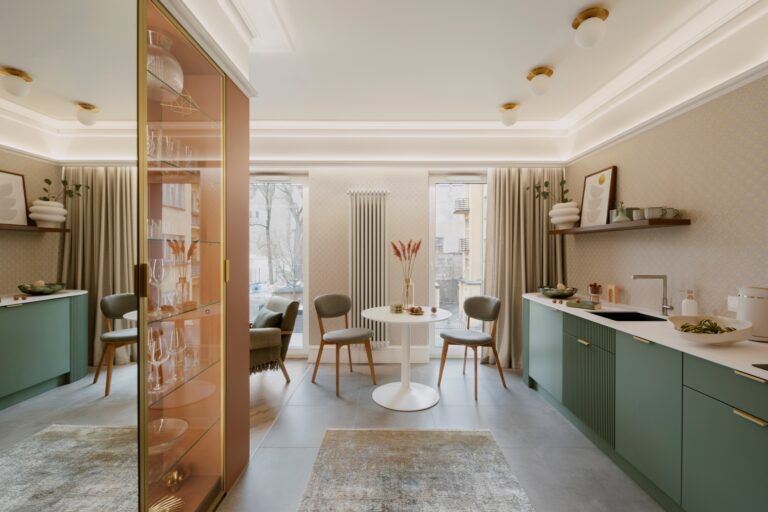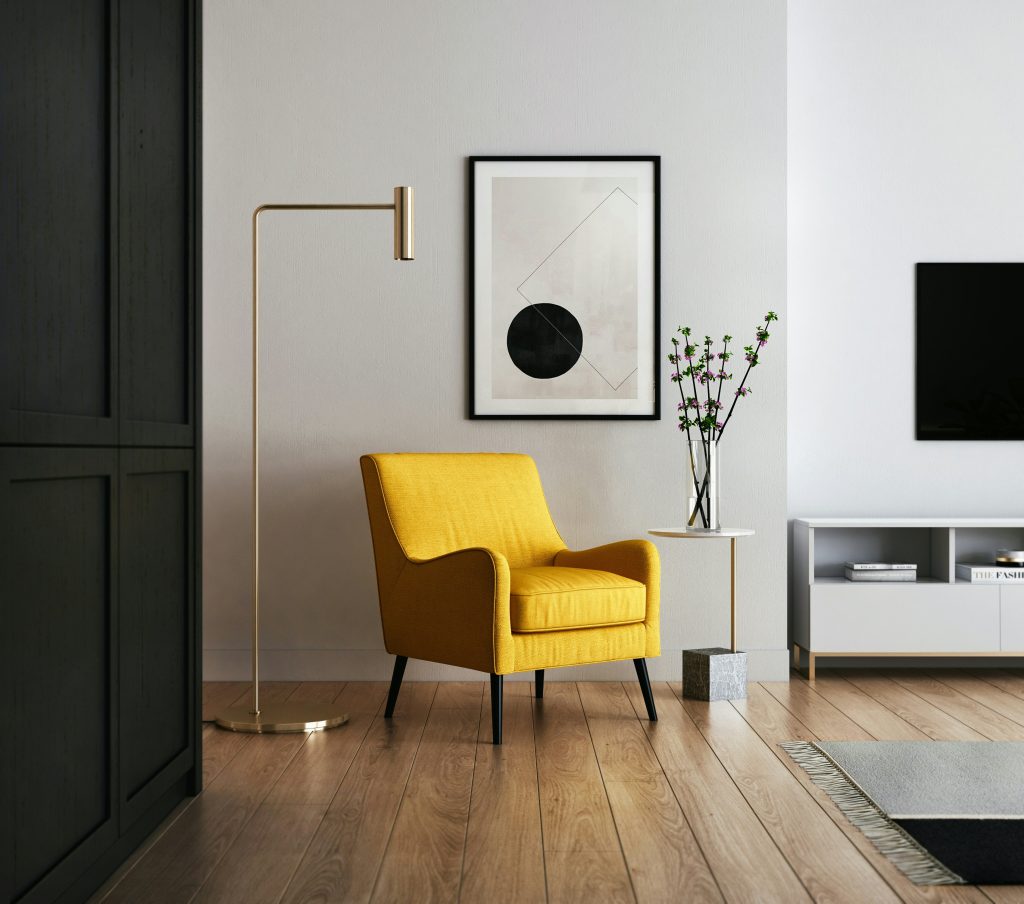
Interior design is more than just choosing pretty cushions or painting a wall in trendy sage green. It is the art of making a space feel like home, the science of layout and lighting, and the magic of turning four blank walls into a personal sanctuary. Whether you are designing your own living room, planning a complete home makeover, or simply looking to refresh your office, the way you design a space influences how you live, think, and feel.
Interior design is a conversation between space and self. It is about telling your story through furniture, colour, texture, and placement. It is a blend of function and form, mood and memory, structure and soul. And the best part is that it does not matter if your budget is big or small. Good design is not about how much you spend. It is about how much you care about creating something meaningful.
Let us start with one simple idea. Your home is your canvas. Whether it is a one-bedroom apartment or a sprawling coastal house, every square metre holds potential. A well-designed space is not just beautiful. It is intentional. It flows with how you move through your day, how you work, how you rest, and how you entertain.
One of the biggest mistakes people make when designing a space is following trends too closely. While it is tempting to buy what everyone else is buying, you risk ending up with a home that feels more like a showroom than a living space. Trends come and go, but your personality does not. That is why the best designs are personal. They reflect who you are, not who Instagram says you should be.
Maybe you are someone who loves bold colour. Go ahead and paint that wall deep navy or emerald green. Maybe you are someone who finds peace in neutrals. A mix of whites, creams, and soft greys can create a serene and timeless atmosphere. Maybe you collect books or records or travel souvenirs. Display them. Make your collections a central feature. Interior design is your chance to show the world what makes you feel alive.
Lighting is another element that is often underestimated. The right lighting can transform a dull room into a cosy haven. Layer your lighting. Use a mix of ceiling lights, floor lamps, and table lamps. Add warm bulbs for evening relaxation and bright ones for daytime productivity. If you are lucky enough to have natural light, celebrate it. Position mirrors to reflect it and sheer curtains to soften it. Light makes space feel bigger, warmer, and more inviting.
Then comes furniture. Think comfort first, style second. Your couch should be where you want to curl up with tea and a good book. Your dining table should feel like the heart of your home, not a place you dread sitting at. Choose pieces that feel like they belong. They should match your lifestyle as much as your aesthetic. If you live in a busy household with pets and children, opt for fabrics that are easy to clean. If you love hosting dinner parties, invest in a table that can seat more people than you normally would.
Now, let us talk about textures. A room without texture can feel flat and lifeless. But when you layer textures, think soft velvet pillows, chunky knit throws, rustic wood furniture, sleek metal accents, you create depth and warmth. Texture is what makes a room feel rich and lived in. It is what invites people to sit down and stay awhile.
Plants also deserve a special mention. Adding greenery is one of the easiest ways to breathe life into a room. From small succulents to big fiddle-leaf figs, plants make everything better. They clean the air, add colour, and bring a natural, calming vibe to any space. If you do not have a green thumb, there are plenty of low-maintenance options like snake plants and pothos that practically take care of themselves.
Do not forget the details. A beautiful room is built on small choices. The drawer handles you choose, the artwork you hang, the books on your coffee table, these are the things that tie a space together. They are the quiet storytellers in your home. They say, this is who I am and this is what I love.
Interior design is also about editing. You do not need to fill every corner. In fact, some of the most stunning spaces leave plenty of breathing room. Negative space is powerful. It lets the eye rest and highlights the pieces you do have. Be thoughtful about what you bring into your home. Choose items that make you feel something.
And remember, good design evolves. It is okay if your home is not perfect right away. Let it grow with you. Swap things out. Move things around. Add, remove, and reimagine. Interior design is a process, not a destination. And it should be fun.
At its core, interior design is not about impressing guests. It is about building a space that feeds your spirit. When you walk into your home and instantly feel at ease, that is good design. When your kitchen makes cooking feel joyful, when your bedroom feels like a retreat, when your office inspires you to focus that is success.
So whether you are starting from scratch or just moving a few things around, trust your instincts. Your space should look like you. Feel like you. Support your routines and reflect your values.
That is the true art of interior design. Not perfection. Not Pinterest. Just personality.

